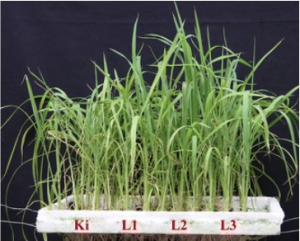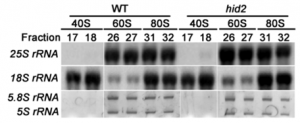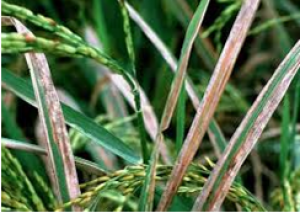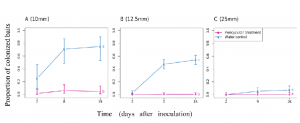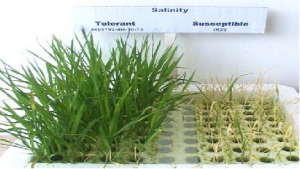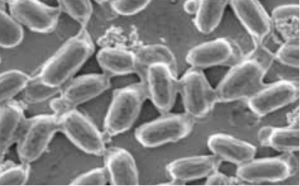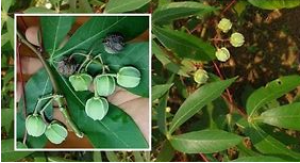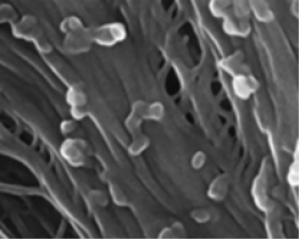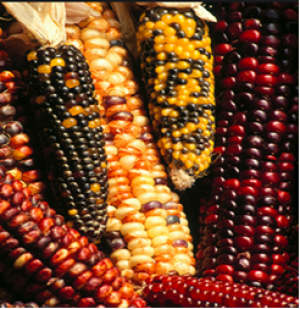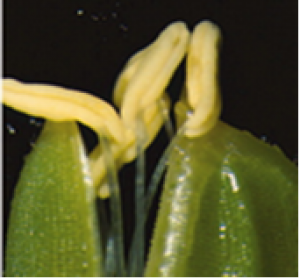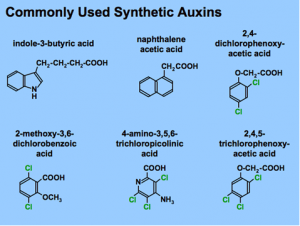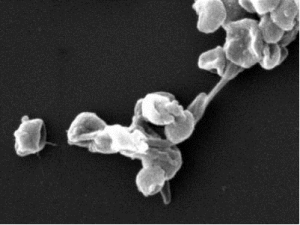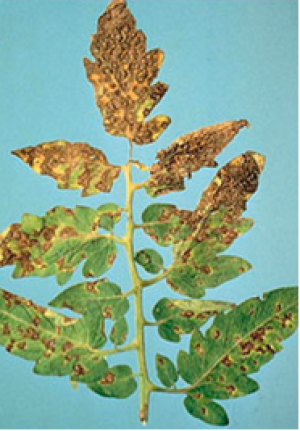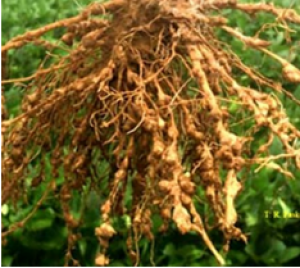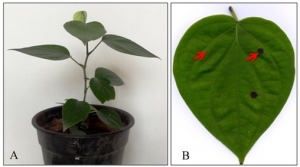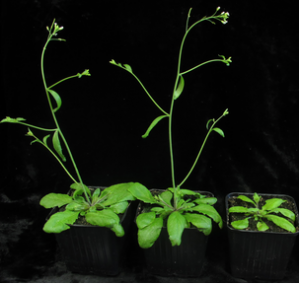|
Natural variation of TBR confers plant zinc toxicity tolerance through root cell wall pectin methylesterification
Friday, 2024/07/26 | 08:28:00
|
|
Kaizhen Zhong, Peng Zhang, Xiangjin Wei, Matthieu Pierre Platre, Wenrong He, Ling Zhang, Anna Małolepszy, Min Cao, Shikai Hu, Shaoqing Tang, Baohai Li, Peisong Hu & Wolfgang Busch Nature Communications volume 15, Article number: 5823 (2024) AbstractZinc (Zn) is an essential micronutrient but can be cytotoxic when present in excess. Plants have evolved mechanisms to tolerate Zn toxicity. To identify genetic loci responsible for natural variation of plant tolerance to Zn toxicity, we conduct genome-wide association studies for root growth responses to high Zn and identify 21 significant associated loci. Among these loci, we identify Trichome Birefringence (TBR) allelic variation determining root growth variation in high Zn conditions. Natural alleles of TBR determine TBR transcript and protein levels which affect pectin methylesterification in root cell walls. Together with previously published data showing that pectin methylesterification increase goes along with decreased Zn binding to cell walls in TBR mutants, our findings lead to a model in which TBR allelic variation enables Zn tolerance through modulating root cell wall pectin methylesterification. The role of TBR in Zn tolerance is conserved across dicot and monocot plant species.
See https://www.nature.com/articles/s41467-024-50106-5#author-information
Figure 1 Natural allelic variation of FRD3 is associated with root growth responses to high Zn levels. a, b Genome-wide Manhattan plot (a) and regional plot (b) of GWAS for the relative primary root length in high Zn conditions (root length high Zn / root length control) at 7 days after germination (DAG). x-axis: SNP position. y-axis: -log10 p-value of association of the SNPs according to AMM mixed model analysis. Chromosomes are depicted in different colors. The horizontal blue dashed line corresponds to a 5% significance threshold after the Benjamini Hochberg correction and the red dashed line corresponds to a 5% significance threshold after Bonferroni correction. The black box in (a) indicates the significant GWA peak on Chromosome 3. Regional plot in (b) of the significant SNPs and candidate genes surrounding the significant peak on Chromosome 3. c Gene expression levels of FRD3, AT3G08490, and AT3G08500 in roots of accessions with contrasting root responses to high Zn (Sensitive accession: Eds-1 and Eds-9; Tolerant accession: Col-0 and Sim-1). Expression levels were normalized to the expression of Eds-1 in control conditions. Data are mean ± standard deviation (S.D.). Circles indicate a single biological replication, n = 3. Statistical analysis was performed using one-way ANOVA analysis with Tukey’s HSD test (p < 0.05). d Representative images of frd3 mutants (frd3-3 and frd3-7) and their wildtype Col-0 seedlings grown on control and high Zn (300 µM) medium at 7 DAG. Scale bars: 5 mm. e Boxplots for root length of frd3 mutants and their wildtype depicted in (d). The value on the top of each box in high Zn is the relative root length (root length in high Zn / root length in control). The number below each box indicates the number of replicates. Statistical analysis was performed using one-way ANOVA analysis with Tukey’s HSD test (p < 0.05). For box plots, the horizontal line represents the median value, the lower and upper quartiles represent the 25th and 75th percentile, and the whiskers show the maximum and minimum values. Source data are provided as a Source Data file.
|
|
|
|
[ Other News ]___________________________________________________
|


 Curently online :
Curently online :
 Total visitors :
Total visitors :
(340).png)
